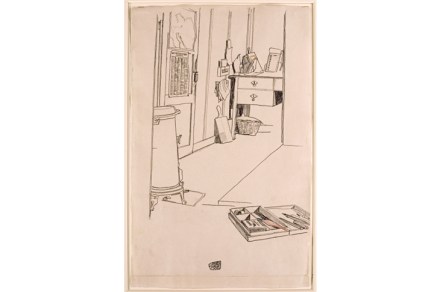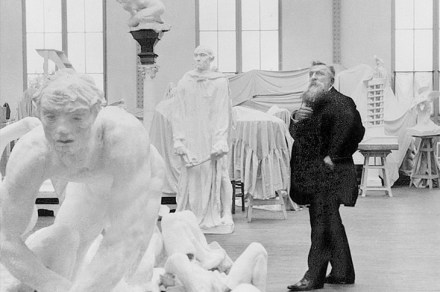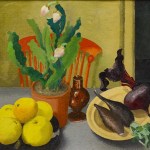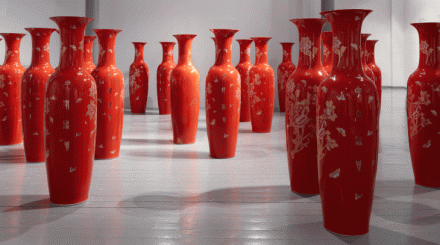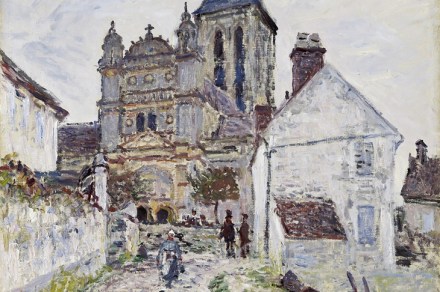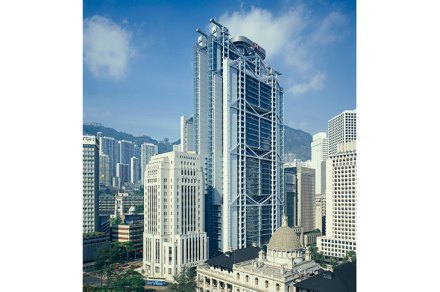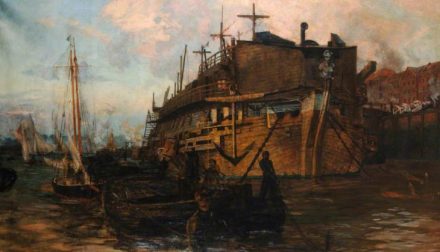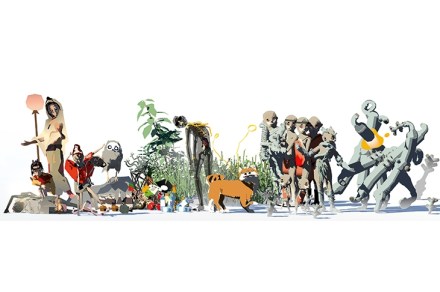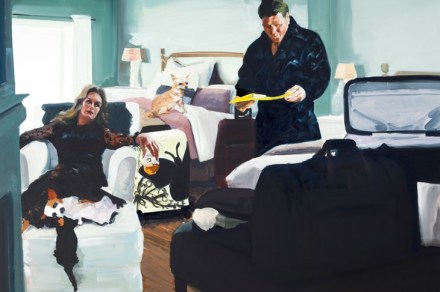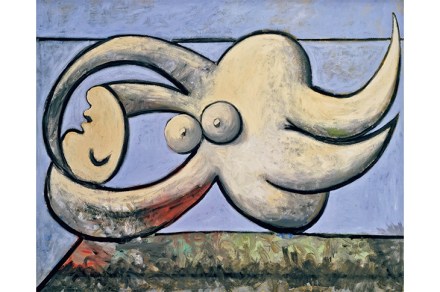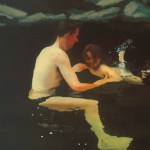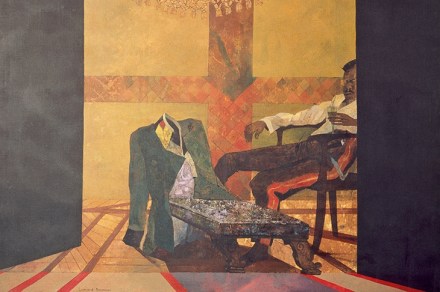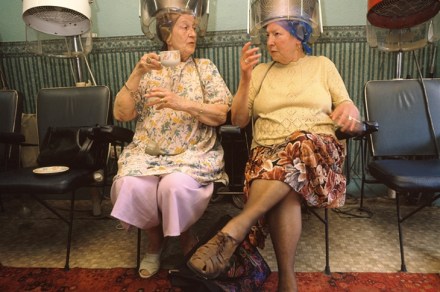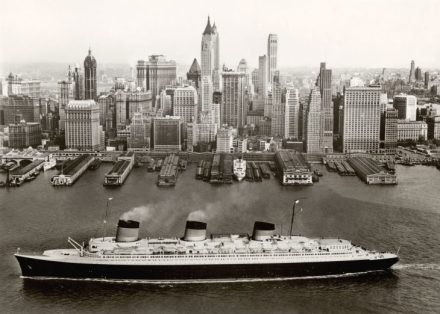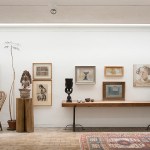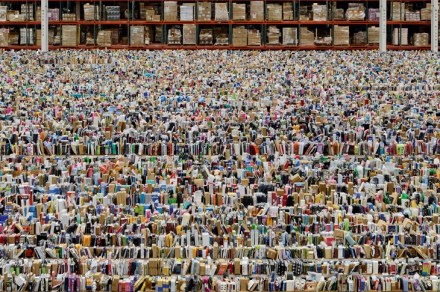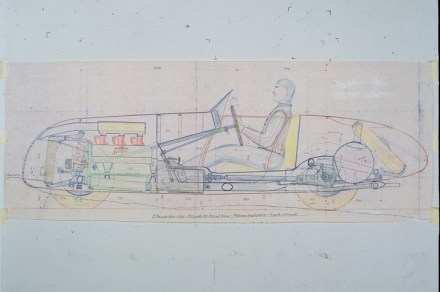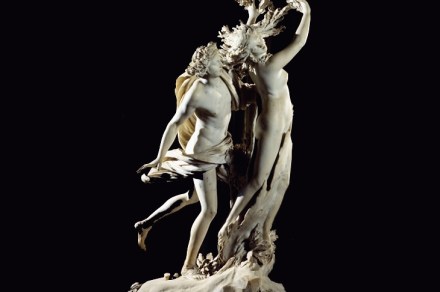Occupational hazards
A conservator at Kansas City’s Nelson-Atkins Museum was recently astonished to find a tiny grasshopper stuck in the paint of Van Gogh’s ‘Olive Trees’ (1889). The discovery would not have surprised Van Gogh, who complained to his brother Theo in 1885: ‘I must have picked up a good hundred flies or more off the four canvases that you’ll be getting.’ On the evidence of a new exhibition of drawings on the theme of Artists at Work at the Courtauld Gallery, insects are the least of the plein-air painter’s problems: the 19th-century protagonist of Eduard Gehbe’s ‘The startled painter’ has been sent flying by a passing roebuck. Animals aside, there’s the
